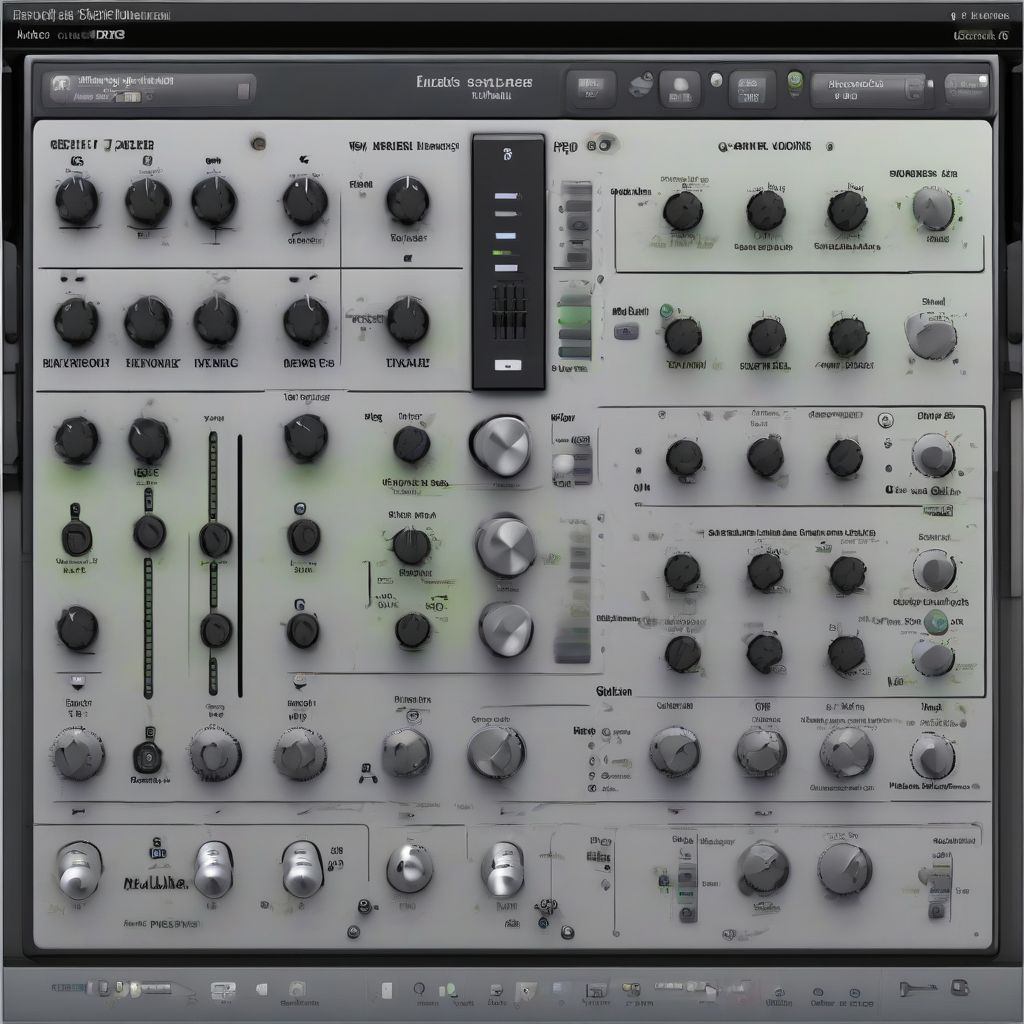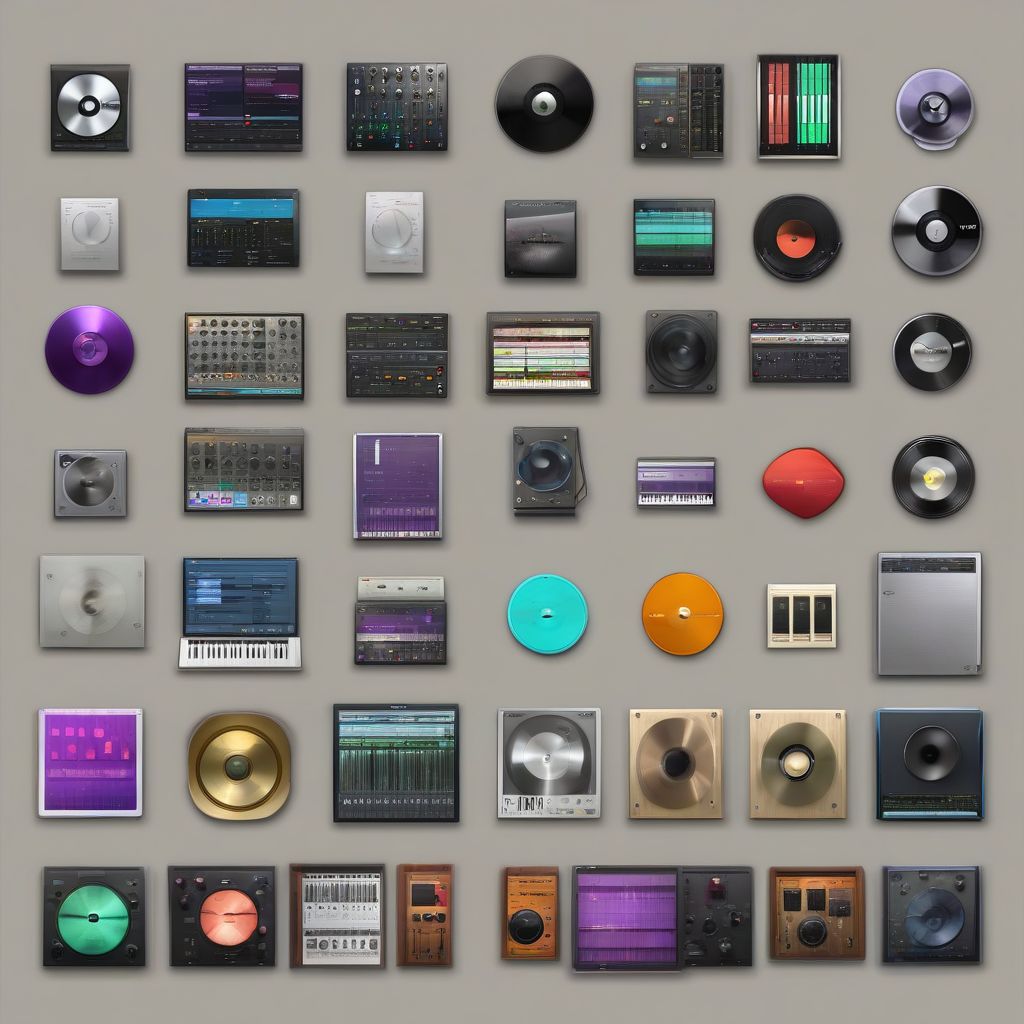So, you’ve poured your heart and soul into crafting some incredible music. Now, you’re ready to polish it to perfection. Choosing the right mixing and mastering software can feel like navigating a maze, especially with a market bursting with options. But don’t worry, I’m here to guide you through it. Just like selecting the freshest ingredients for a nourishing meal, picking the right tools for your audio will significantly impact the final product.
Understanding Your Needs: The First Course
Before we dive into the exciting world of mixing and mastering software, let’s take a moment to consider your unique needs.
What’s Your Budget?
Just like grocery shopping, software comes with a price tag. Some are free (think of them as your pantry staples), while others require a subscription or one-time purchase (your gourmet ingredients). Determine how much you’re comfortable spending.
What are Your Goals?
Are you aiming to become a professional sound engineer, or are you a passionate musician looking to refine your tracks? Your goals will significantly influence the complexity and features you need in your software.
What’s Your Workflow Like?
Do you thrive in a streamlined environment, or do you enjoy experimenting with a plethora of plugins and effects? Some software boasts a user-friendly interface, while others offer advanced customization options.
 Audio Mixing Software Interface
Audio Mixing Software Interface
Key Ingredients: Essential Features to Look For
Now that you’ve considered your individual needs, let’s explore the key features to look for in mixing and mastering software.
1. Digital Audio Workstation (DAW) Compatibility
This is crucial! Ensure the software seamlessly integrates with your Digital Audio Workstation (think of this as your kitchen countertop where all the magic happens). Compatibility ensures a smooth workflow without compatibility issues.
2. EQ and Compression Tools
These are your salt and pepper – essential for balancing frequencies and controlling dynamics. Look for software with a variety of EQ and compression options to shape your sound effectively.
3. Effects and Plugins
From reverb and delay to modulation and saturation, effects and plugins are your spices, adding depth and character to your music. Choose software that either offers a diverse built-in library or supports third-party plugins for creative exploration.
4. Mastering Tools
Mastering is the final polish, ensuring your music translates beautifully across different playback systems. Seek software with features like limiting, stereo imaging, and dithering for professional-sounding results.
Tasting Menu: Exploring Different Software Options
Ready to sample some options? Here’s a glimpse into popular mixing and mastering software choices:
1. Industry-Standard Powerhouses
- Avid Pro Tools: Renowned for its industry-standard status, Pro Tools offers unparalleled power and flexibility. However, it comes at a premium price point and can be daunting for beginners.
- Steinberg Cubase: Another heavyweight contender, Cubase boasts advanced features, a vast plugin library, and a customizable workflow, making it ideal for experienced producers.
2. User-Friendly and Affordable Choices
- PreSonus Studio One: A popular choice for both beginners and seasoned professionals, Studio One offers an intuitive interface, drag-and-drop functionality, and a comprehensive feature set at a competitive price.
- Ableton Live: Originally designed for live performance, Ableton Live has evolved into a versatile DAW that excels at electronic music production and creative experimentation.
3. Free and Freemium Options
- Audacity: Don’t underestimate this free, open-source software! Audacity is a fantastic starting point, offering basic mixing and mastering tools suitable for beginners and those on a budget.
- GarageBand: Exclusively for Mac users, GarageBand is a surprisingly powerful free option that provides a user-friendly interface and a solid set of features.
 Best Music Mastering Software
Best Music Mastering Software
Expert Tips for Choosing Wisely
- Demo Before You Commit: Just like trying a recipe before fully committing, most software offers free trials. Experiment with different options to find the best fit for your workflow and preferences.
- Read Reviews and Watch Tutorials: Dive into online reviews and tutorials to gain insights from experienced users. This can be invaluable in understanding the strengths and weaknesses of each software.
- Consider Your Future Needs: While starting with a simple, affordable option might seem tempting, consider your future growth. If you anticipate needing more advanced features down the line, investing in a more comprehensive software might be a wise choice.
The Final Mastering Touch: Your Takeaways
Choosing the right mixing and mastering software is a personal journey. By carefully considering your needs, understanding essential features, and exploring different options, you’ll be well-equipped to find the perfect tools to elevate your music to new heights. Remember, the best software is the one that empowers you to achieve your sonic vision with ease and enjoyment. Happy mixing and mastering!
[amazon bestseller=”music mastering software”]
